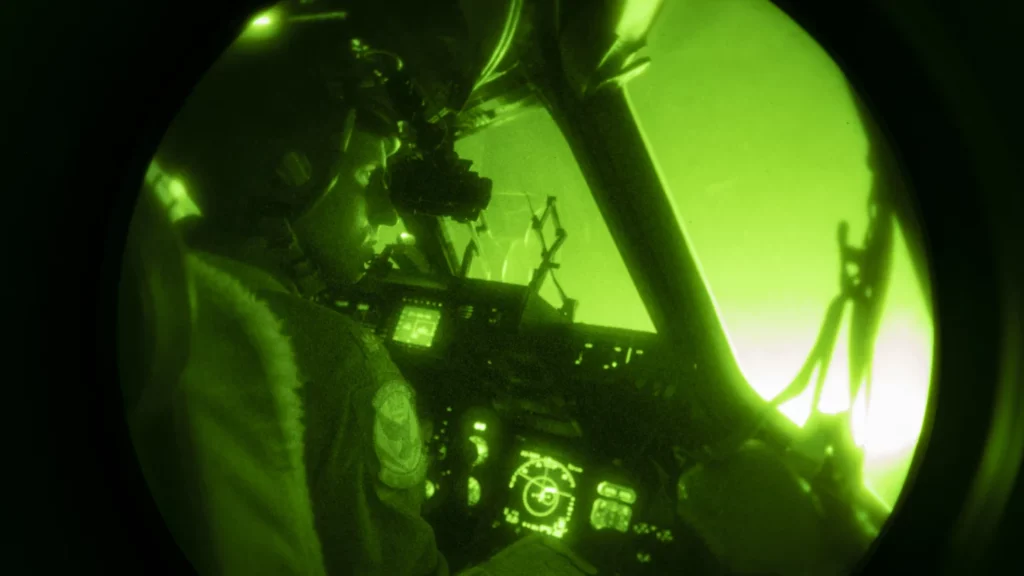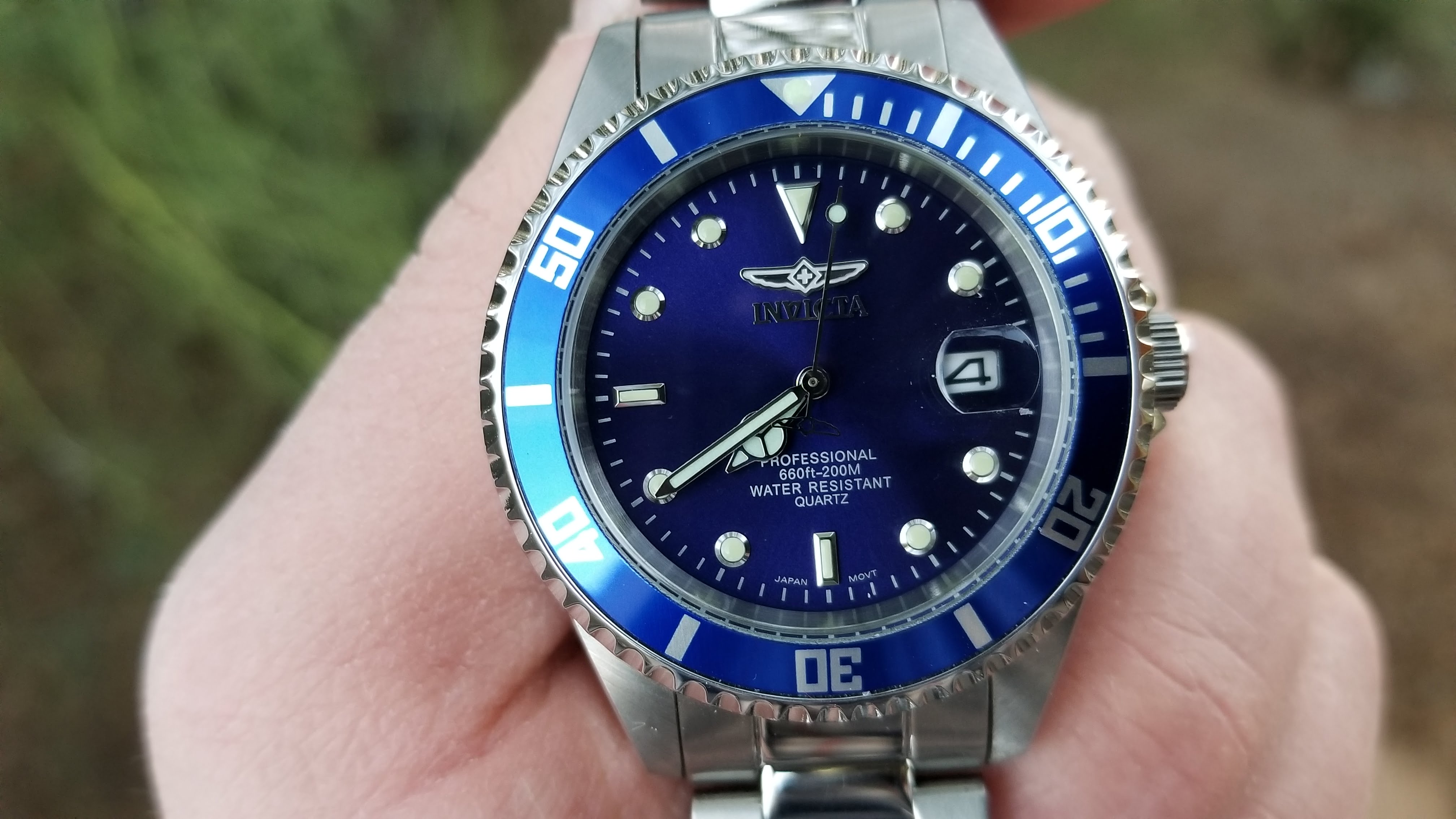
Night Vision Goggles (NVGs) have revolutionized the way humans perceive and operate in low-light conditions. At the heart of this technology lies night vision optics, a critical component that plays a pivotal role in enhancing human vision in the dark.
Let us explore the essential role of night vision optics in nvgs.
- Image Intensification
Night vision optics, often referred to as image intensifier tubes, are the core components responsible for amplifying available ambient light. These tubes capture incoming photons and convert them into electrons, which are then multiplied to create a visible image. This image is rendered in varying shades of green, the signature color of night vision, and is visible through the eyepiece of the goggles.
- Phosphor Screens
A critical part of night vision optics is the phosphor screen. This screen, coated with a phosphor compound, receives the intensified electrons and converts them back into visible light. Different types of phosphor screens produce varying shades of green or white phosphor night vision images, catering to the preferences and requirements of users.
- Resolution and Clarity
The quality of night vision optics directly affects the resolution and clarity of the image produced by NVGs. Higher-quality optics result in sharper and more detailed images, allowing users to discern objects and terrain with greater precision. This is especially crucial for military, law enforcement, and search and rescue operations.
- Sensitivity to Low Light
Night vision optics are designed to function in extremely low-light conditions. They can amplify the faintest traces of ambient light, including moonlight and starlight, making them indispensable for nocturnal activities such as wildlife observation, surveillance, and navigation.
- Infrared Illumination
Many NVGs incorporate infrared (IR) illumination systems alongside their night vision optics. These systems emit invisible IR light that is visible only through the goggles, providing illumination in complete darkness. Night vision optics work in conjunction with IR illumination to create a clear image even when there is no natural light available.
- Magnification
Some NVGs feature magnification capabilities, allowing users to zoom in on distant objects. Night vision optics plays a major role in maintaining image quality and clarity at different magnification levels.
- Durability and Reliability
Night vision optics are built to withstand rugged conditions. They are sealed to prevent moisture and dust ingress, and the tubes are shock-resistant to ensure long-term reliability in the field.
- Generation Advancements
Night vision optics have evolved over time, with each generation offering improved performance. Advancements in materials and manufacturing techniques have resulted in more efficient and reliable image intensifiers.
To sum up
Night vision optics are the backbone of NVGs, enabling users to see in the dark and navigate low-light environments effectively. These optics are continually evolving, with manufacturers striving to improve resolution, sensitivity, and durability. Whether in military operations, law enforcement, wildlife observation, or recreational activities, night vision optics have become indispensable tools for those who need to operate in the cover of darkness. As technology progresses, we can expect even more impressive developments in night vision optics, further enhancing their utility and expanding their applications.








